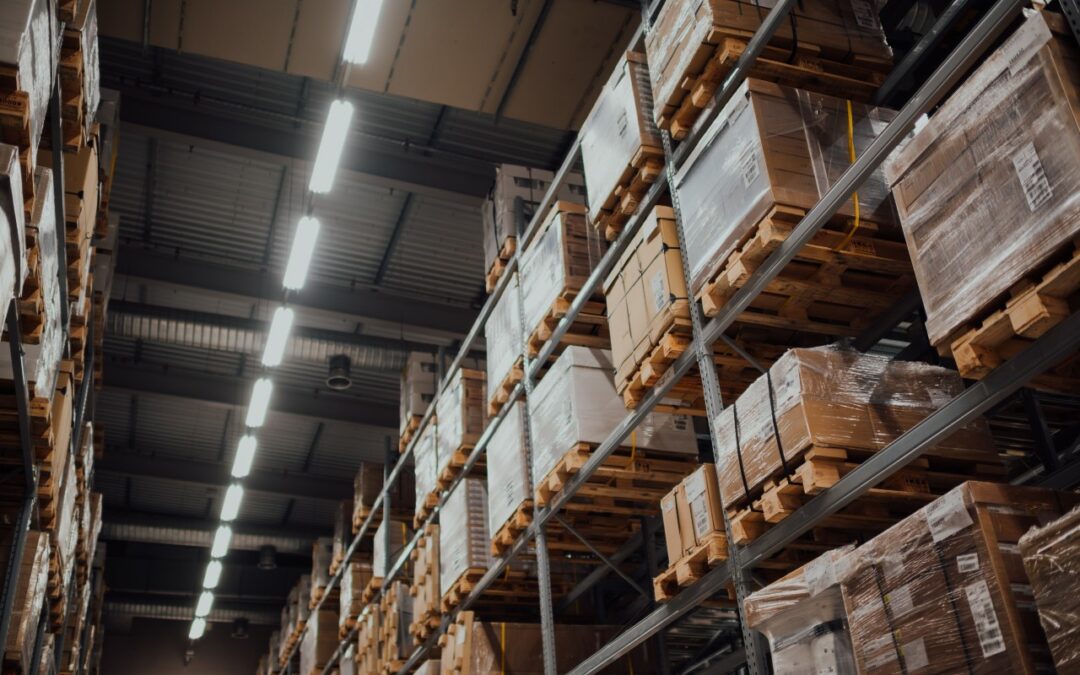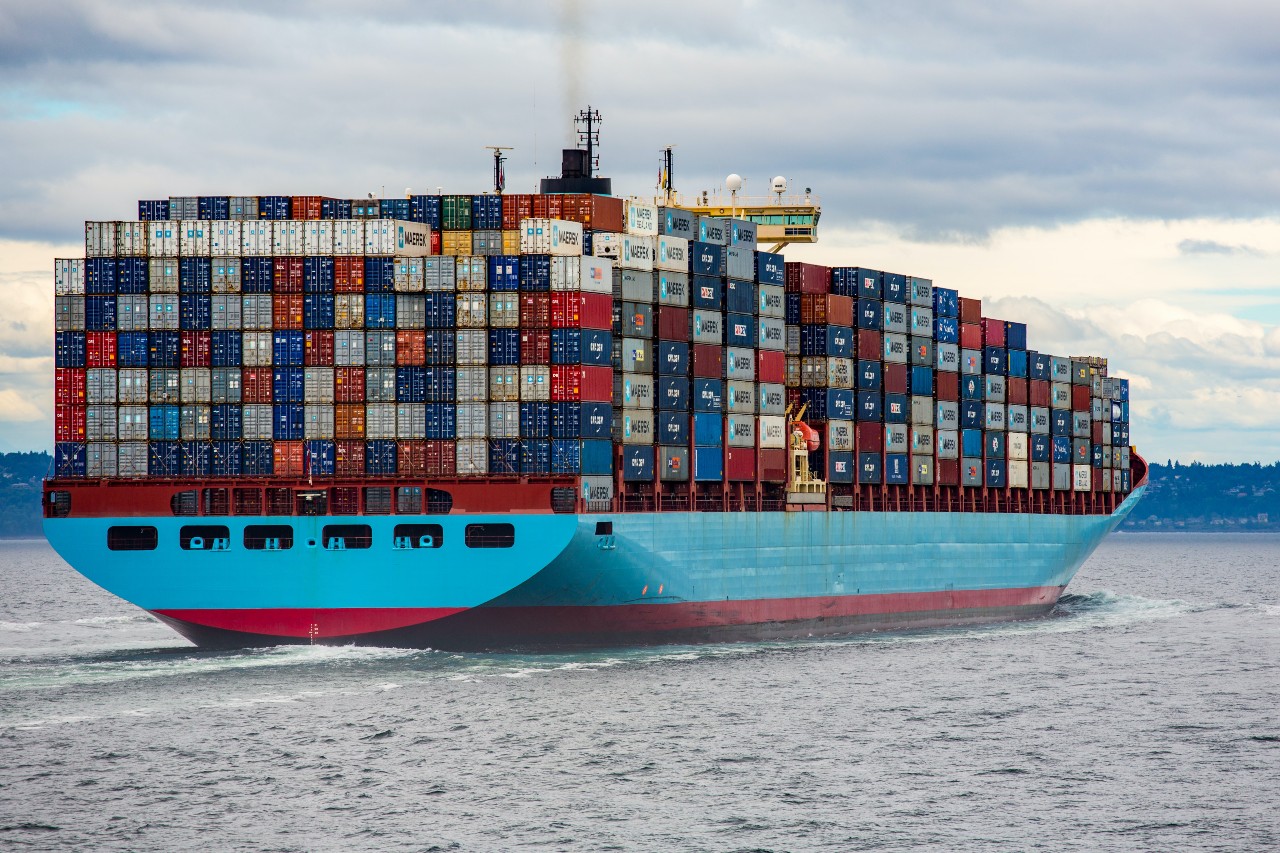Written by Jamie Rodgers, CEO of J.M. Rodgers Co., Inc.
Duty drawback is all about data in duty drawback.
For many years now, all drawback claims have been filed electronically directly to Customs, and JM Rodgers has been at the forefront of having a team that can effectively and quickly process data for claims.
The new TFTEA law brought major changes not just to drawback regulations but also mandates an expansion of Customs’ Automated Commercial Environment (ACE) platform, investing in it to be a true “one window” for all import and export needs. Since February 24th of 2019, it has been mandatory that all drawback claims are now filed directly into ACE.
At the start of every working relationship with our clients, we request limited access to our clients’ ACE portals so that we have every tool available to us to maximize the returns that we can realize for our clients.
JMR’s data team worked hard for long in advance to ensure that we would be fully ready to file claims well in advance of ACE’s full implementation and had been filing our claims this way well before the final deadline. Our company has always relied on our in-house software system, and so we developed and modified it to ensure that it would be able to handle every type of claim, including complex manufacturing claims.
Beyond having robust software, our team brings expertise to our clients’ data to be able to work almost any kind of information into workable drawback claims. One of the most challenging aspects of drawback under new TFTEA regulations has been integrating the details around bills of material
One particular challenge under TFTEA regulations involves a rule that says under substitution drawback a product must be claimed in the unit of measure its classification specifies. This can present a challenge where an importer is bringing in products in individual parts or pieces, but they need to claim it in kilograms. In a recent situation where this happened, our data experts were able to work from full bills of materials provided by the client to determine the weights of each import and create a new data file that broke the information down into the units required by Customs, allowing them to fully claim on their manufactured products.
Often a claimant will not have all the needed information in one place. They might have some of their invoice data required, but missing shipment data. Their freight forwarder or broker would have that but might be missing critical information as well. Using our data expertise, our team regularly is able to combine different sets of data into verified, usable formats that maximize all returns available to our clients. The difference JMR brings to drawback is our ability to work with all our customers’ data.
If you’d like to discuss further how JMR’s data experts can help your company realize the maximum amount of drawback refunds, please contact our VP of Sales Andrew Galloway at agalloway@jmrodgers.com or 973-726-5340.




